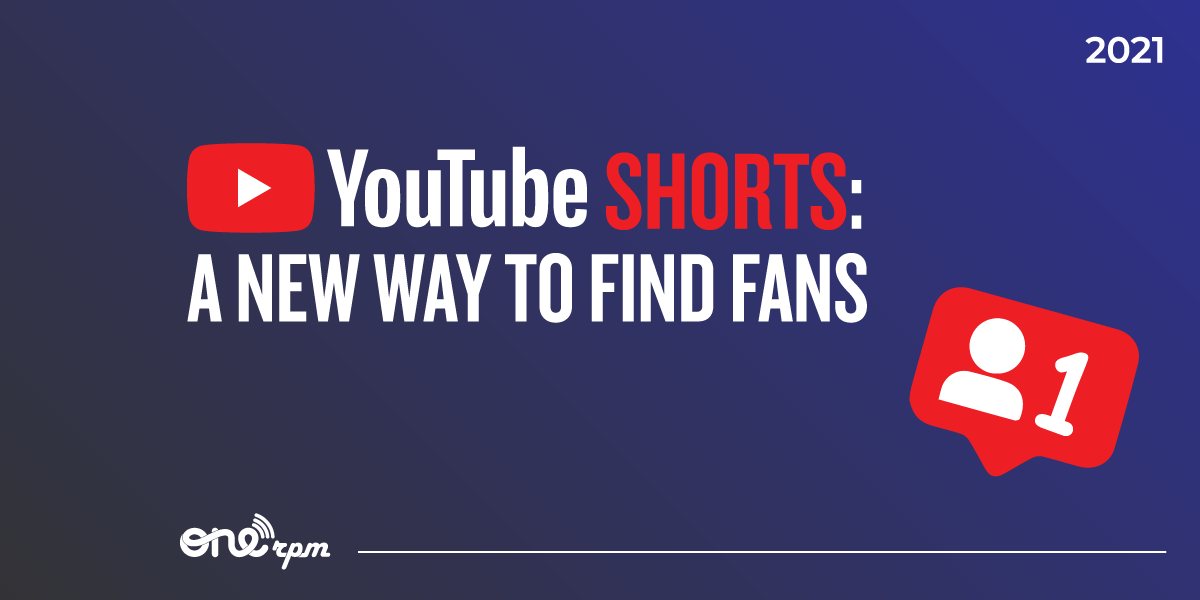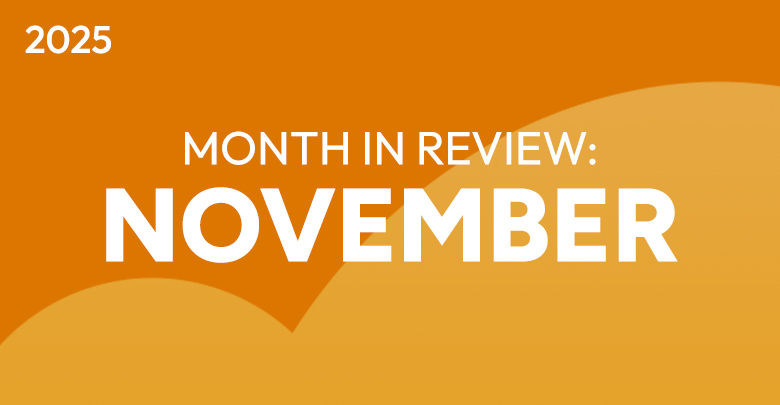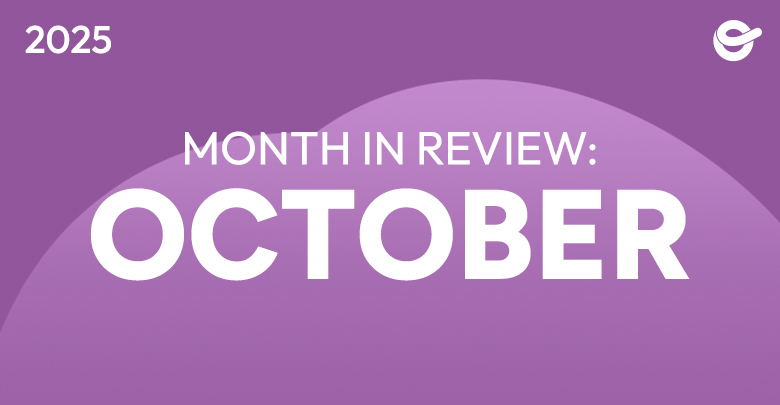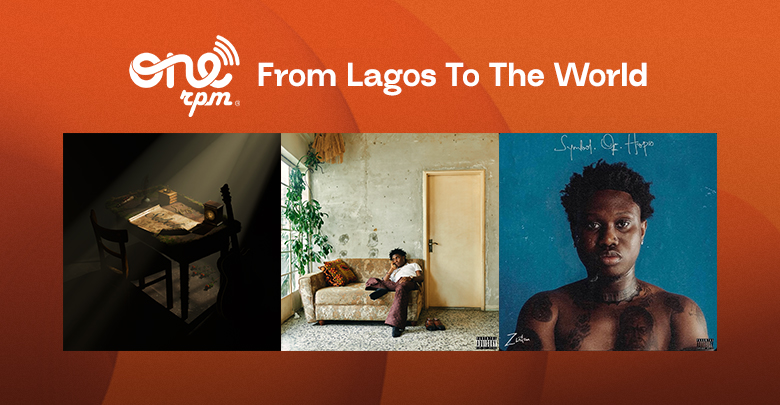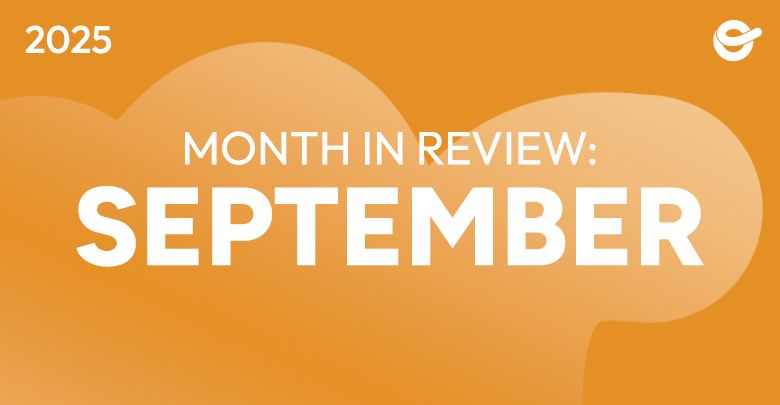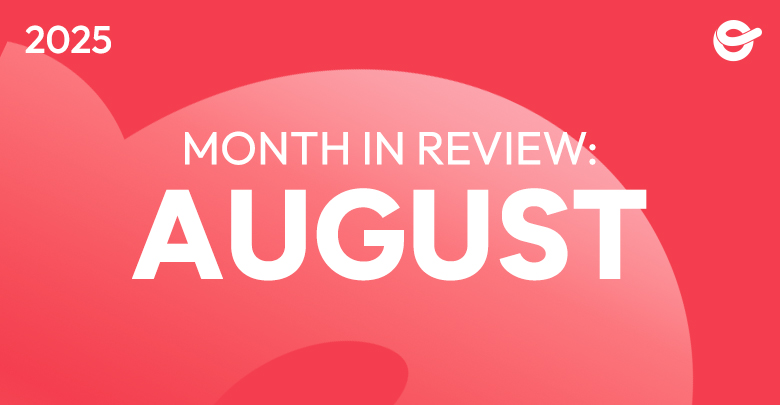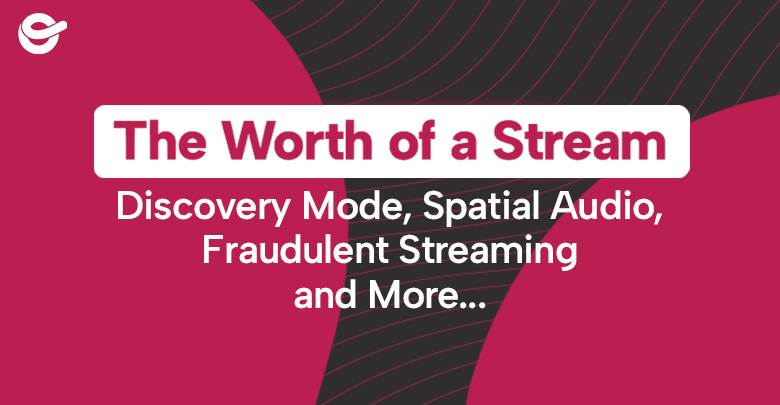
The Worth of a Stream
Discovery Mode, Spatial Audio, Fraudulent Streaming and More.
Streaming revenue has never been straightforward, with earnings varying widely based on the year, territory, and DSP. Yet, in 2023 things got even more confusing with factors like Spotify Discovery Mode, Apple’s spatial audio initiative, rampant streaming fraud and more to consider. So as the new year ramps up, we’ve assembled the latest dossier of things that are, and can alter your streaming revenue.
Discovery Mode Expansion
Spotify’s Discovery Mode – the program that gives artists priority placement in algorithmic programming in exchange for a 30% reduction in royalties – has been controversial from the beginning. Its saving grace, though, was that it only applied to radio and autoplay streams, a relatively small portion of most artists’ streams.
However, starting in January 2024, Discovery mode has started expanding into Spotify Mixes, starting with Daily Mixes on January 3rd and Artist Mixes starting March 1st. Genre, Decade, and Mood Mixes are expected to go Discovery later this year. It’s a somewhat concerning trend, as it seems that artists must now give up 30% of their royalties if they want to not get completely lost in the Spotify Algorithm.
Spatial Audio Extra $$
While Spotify is gradually siphoning away royalties, Apple is now offering artists up to 10% more for tracks with Spatial Audio. While it may seem nice of Apple to offer artists more to offset the cost of expensive Spatial Audio mixing, it’s probably not entirely altruistic. Spatial Audio is one of Apple Music’s main selling points over its competitors, and Apple does happen to be a popular manufacturer of Spatial Audio-capable hardware. They have a vested interest in expanding their Spatial Audio offerings.

Streaming Fraud
Of course, part of the reason why low streaming royalties are even an issue is that too much of the pool is eaten up by scammers. Streaming fraud comes in so many forms, it’s hard for distributors and streaming services to keep track. In January, The New York Times published a piece on “phantom artists” – scammers who rip undistributed music from free upload sites like SoundCloud or YouTube, upload them to distributors claiming it’s their own work, and then collect royalties from bot streams.
Spotify has announced strategies to curb fraudulent streams, like penalizing distributors when artificial streams are detected and setting a minimum track length for “noise” recordings. This is expected to help increase the size of the available royalty pool in 2024.
As a preferred partner with Spotify we take seriously any instances of artificial streaming wherever it occurs and make sure to appropriately penalize accounts that engage in this deceptive behavior. If you encounter deceptive streaming practices on your artist account, or see them occur on another artist within the ONErpm ecosystem, don’t hesitate to reach out so we can pull down the infringing content immediately.
Spotify Stops Small Payments
Spotify’s moves to stamp out streaming fraud have been well-received, but they also announced a 3rd change that has been far less popular. Spotify will stop paying royalties on songs that have received less than 1,000 streams in the last 12 months. The logic is that most of these artists are receiving payments from Spotify that are so small, they can’t even be withdrawn from their distributor. Eliminating these payments is said to free up tens of millions of dollars that can be added back to the overall distribution pool of more popular artists.
Critics of this model, however, point out that doing this on a track basis instead of an artist basis means that some significant numbers are being overlooked. If a 15-song album gets about 900 streams per track, that means 13,500 streams are going unpaid. It wouldn’t amount to a huge sum of money, but it would certainly meet a distributor’s payout threshold. It’s also possible that this will encourage more small artists to use scammy or fraudulent promotion services to try to get above that 1,000-stream mark.
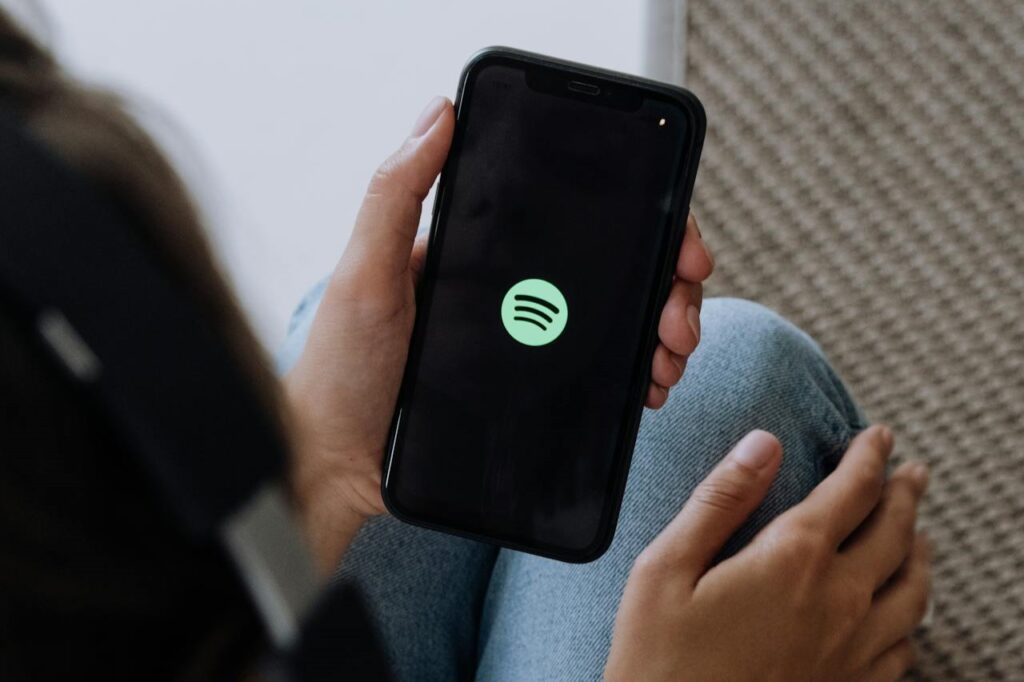
Follow The Money
Since its inception, global on-demand streaming has routinely increased year over year like clockwork, and every January we’re greeted with the latest benchmark the previous year exceeded. On Spotify alone, that increase in streaming equates to $750M a month in payouts, over $9B paid out in 2023.
All this is to say, the game being played here is one of macroeconomics. While a couple of percentage points here and there may not be a massive change for any given artist’s bottom line, it’s a matter of millions for platforms like Spotify. Now more than ever, it’s of vital importance to keep your ear to the ground when it comes to streaming payout changes. Knowing how streaming revenue is changing on a micro level will help make the most of your own earnings, while keeping you wise to platform changes designed to pad a company’s earnings.
Looking for more? Check out all of the latest from the ONErpm blog here!






